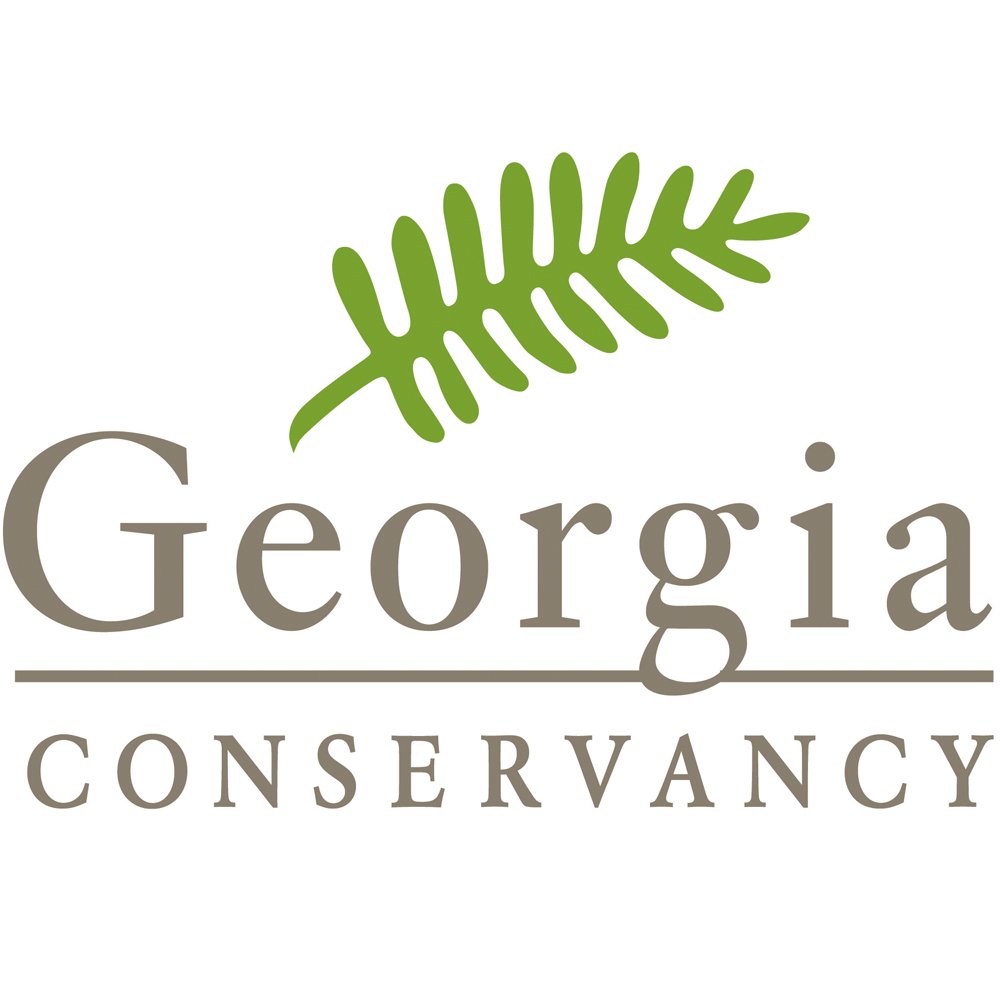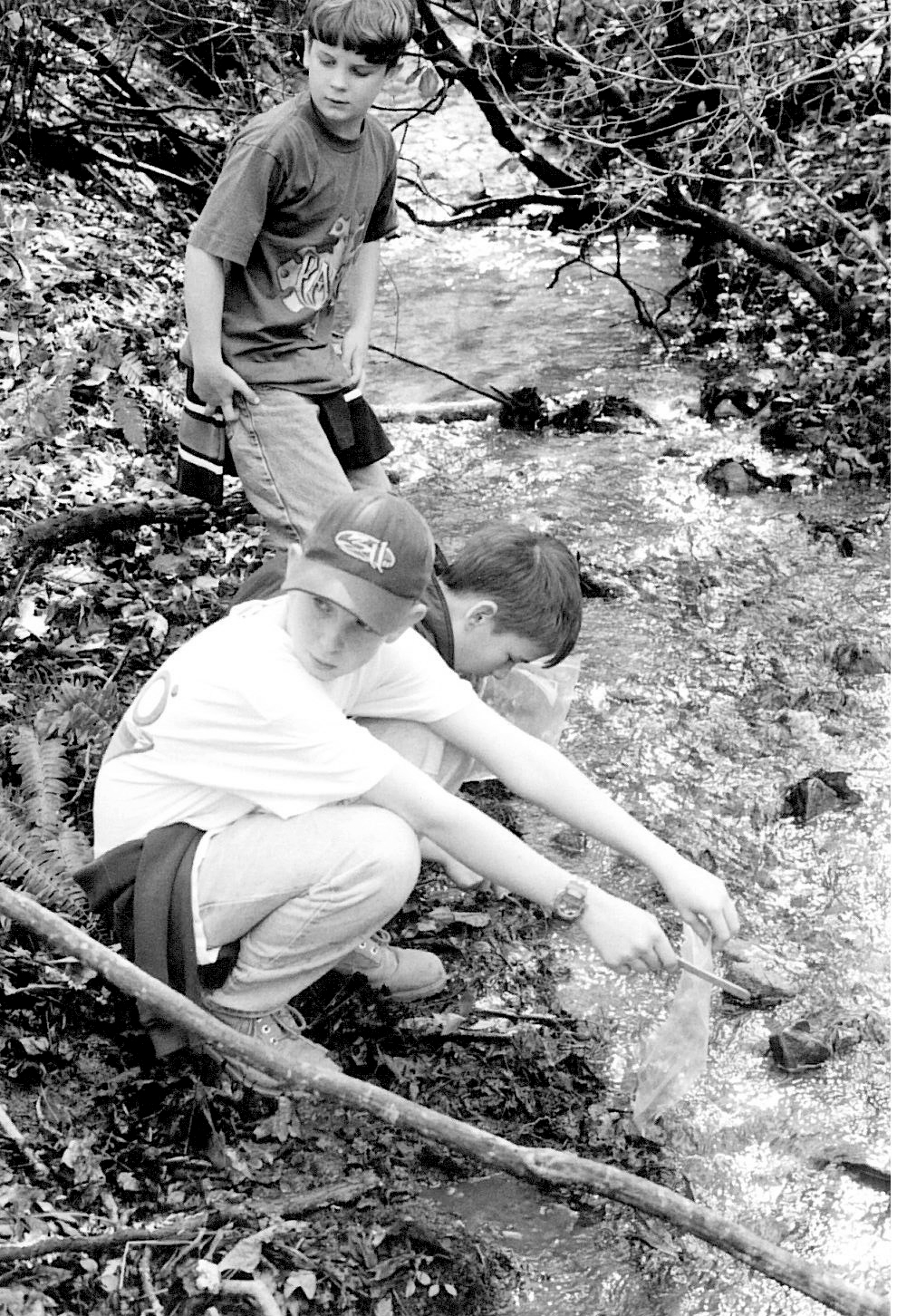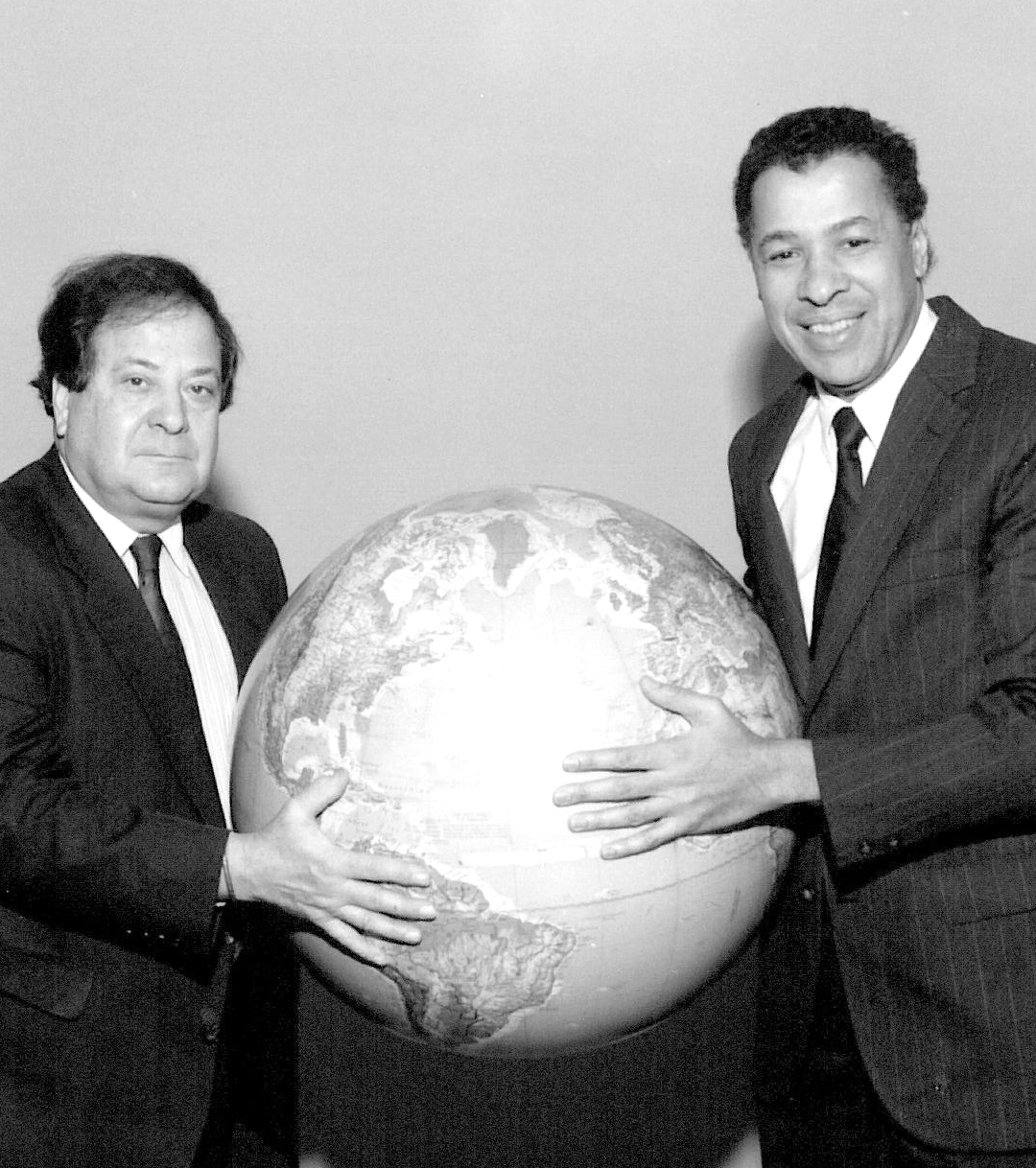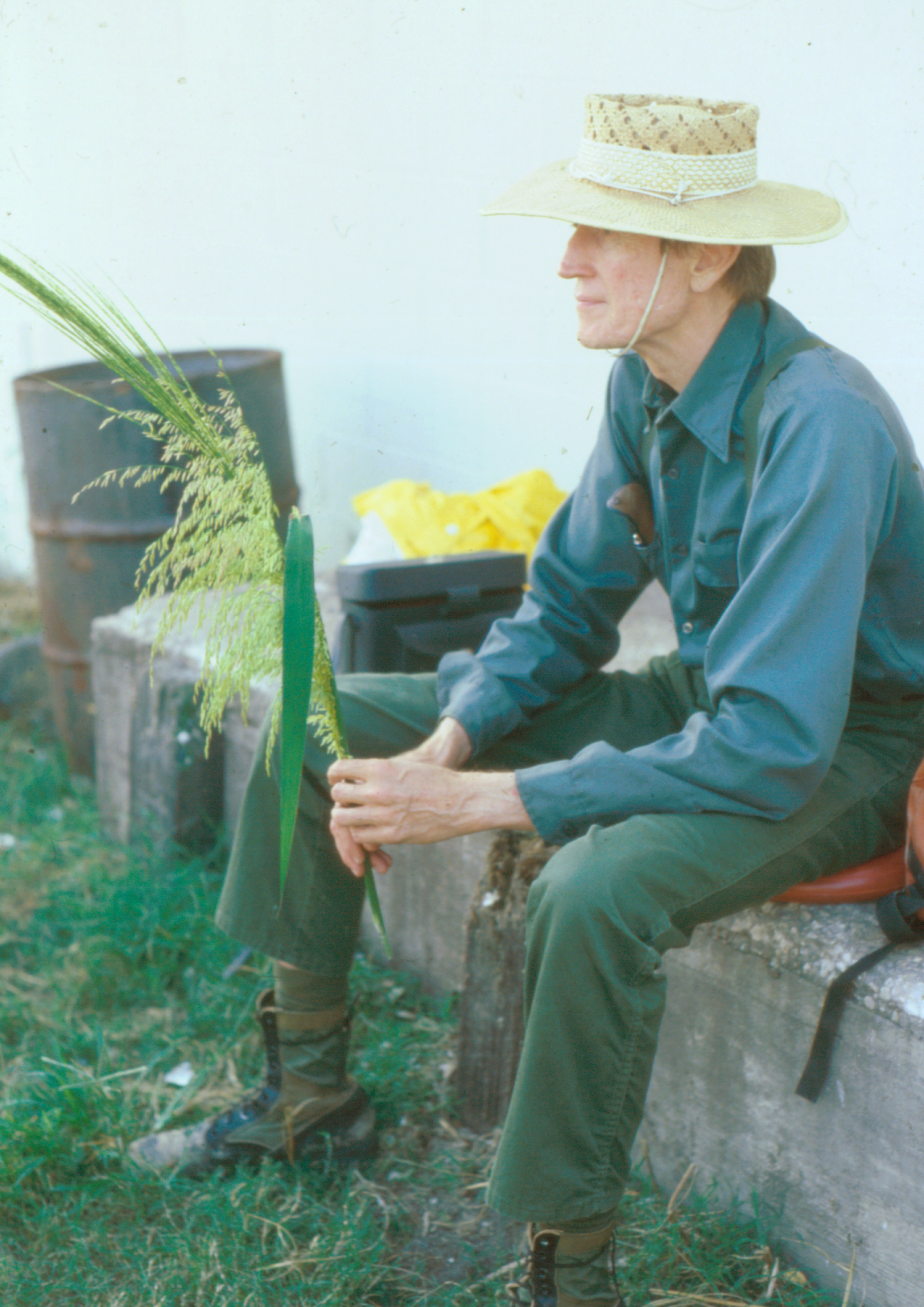The Georgia Conservancy in the 1980s
"I am opposed to dogma and to arrogance. These are the refuge of the uninformed. We should develop consensus positions based on careful research and our best judgement."
- Georgia Conservancy incoming Board Chairman Tommy Barber, December 8, 1979
Significant Events of the 1980s
1980
The Conservancy launches its new adult educational program, “Earth Lab.”
President Carter proclaims 1980 the “Year of the Coast.”
1981
Conservancy members participate in a Jekyll Island task force insisting on the creation of a comprehensive and master plan which would serve the recreational needs of an average family. The group also acquired a policy of priority protection of vulnerable wildlife habitats during any future oil spill emergency.
The Conservancy calls for member letter-writing campaign to Georgia’s two senators objecting to pro-development, anti-environment James Watts’ appointment as Secretary of the Interior.
Wildlife and wilderness matter in 1981.Members revive the Forest and Woodlands Committee, which has been inactive since 1978. The committee criticizes the Reagan administration’s plan emphasizing timber harvesting over multiple use, and monoculture over diversity. The Reagan administration has also cut the federal budget for the protection of non-game species.
The Conservancy is active in negotiations encouraging Congress’ $13.9 million appropriation to fund the acquisition of the Cousin’s Sope Creek/ Power’s Ferry tract for inclusion in the Chattahoochee River National Recreation Area.
1982
Congress passes the Coastal Barrier Resources Act protecting Georgia’s precious coastline by removing subsidies which promote development in high-hazard areas.
President Reagan signs the Cumberland Bill, the first Wilderness designation act of his administration.
1983
The Georgia Conservancy joins with eight other groups and a civil action against the U.S. Department of Energy to require the Savannah River Plant L-Reactor to comply with the National Environmental Policy Act of 1969, helping to ensure the health and safety of the coastal community in which it is located.
The U.S. Forest Service proposes the sale of National Forest lands to the public to reduce the National debt. Included in the lands that might be sold are 130,152 acres in Georgia, 95,962 in the Chattahoochee National Forest and 34,188 in the Oconee National Forest.
The Georgia Conservancy formulates a land use plan for Jekyll Island which designates significant natural areas for conservation and environmental education.
1984
- The addition of 14,439 Wilderness Area acres in the North Georgia mountains
- Congressional authorization of 6800 acres of the Chattahoochee River National Recreation Area
- The Georgia Conservancy and partners prepare a Savannah River Plant EIS that incorporates environmental mitigations
- The Georgia Conservancy successfully advocates for the passage of a nongame species income tax refund check-off system
- The successful passage of needed amendments to the Metropolitan Rivers Protection Act and to the Soil Erosion and Sedimentation Act
1985
The efforts of the Conservancy pay off when Governor Joe Frank Harris includes a Nongame Tax Refund Checkoff System Bill in his legislative package which will allow the filer of a Georgia income tax return who is due for a refund to donate a portion of the refund to the nongame fund. Now, nonconsumptive users can participate in protecting wildlife just as hunters and fishers do.
The Conservancy publishes A Guide to the Georgia Coast, selling 7,400 copies to raise $33,000.
Scientists identify Georgia’s coast as the center of the only known calving ground for the western north Atlantic stock of right whales. This stock numbers about 200 individuals, and worldwide there are only 4,000. The Georgia Conservancy recommends that companies exploring the outer continental shelf for oil and gas deposits take special protective measures. The state adopts the right whale as state marine mammal this year.
The Conservancy and partners persuade the Environmental Protection Agency to set strict regulations limiting PCB discharges from paper manufacturers on the lower Savannah River.
In the wake of 1984’s Union Carbide chemical disaster in Bhopal, India, the Conservancy supports public right-to-know laws for Georgia to increase health and safety standards in the workplace.
1986
With several other citizen groups, The Georgia Conservancy fights successfully to save the Flint River from a dam at Sprewell Bluff. The 1986 Omnibus Projects Bill deauthorizes the Sprewell Dam project.
1987
- More than 41,000 acres of the Chattahoochee National Forest are added to the Federal Wilderness System, including Raven Cliff, Brasstown, Tray Mountain and Rich Mountain.
- The Georgia Conservancy works with a Georgia Congressional members and a number of partners to influence the U.S. Navy to withdraw plans for dredging and increased vessel traffic on the Atlantic Intracoastal Waterway by Cumberland Island National Seashore.
- The Georgia Conservancy is influential in the creation of the State of Georgia's Governor's Growth Strategy Commission which outlines the state's growth management plans.
1988
- The Polo Fields in Cobb County are acquired by the National Park Service for inclusion in the Chattahoochee River National Recreation Area. Georgia Conservancy Executive Director Bob Kerr serves as a key negotiator in the purchase.
- To decrease ship strikes with endangered northern Right Whales, the Georgia Conservancy works with National Marine Fisheries Serve and the U.S. Navy to develop preventative procedures.
1989
The Georgia Conservancy’s Wetlands Task Force persuades the U.S. Environmental Protection Agency and the Army Corps of Engineers to crack down on wetlands violations.
A solid waste management committee creates a solid waste legislative package encouraging waste minimization programs












